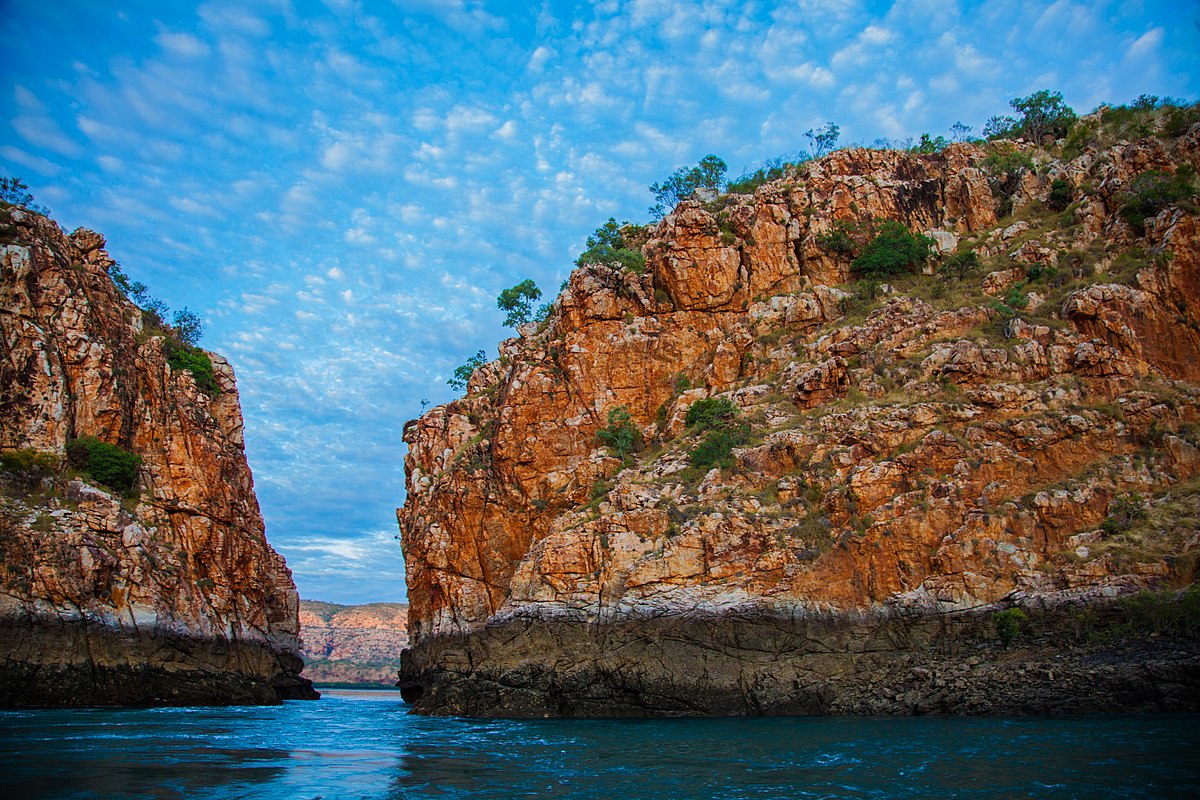Back in 2018, one of the leading travel agencies in Australia launched a poll asking visitors to cast a vote to find the 7 wonders of Australia. 68,400 Aussies chose 7 landmarks out of a list of 50 of the most famous spots in Australia.
This was a spinoff competition of an earlier version that aimed to find the New 7 Wonders of the World, which serves as a replacement for the list with the 7 Ancient Wonders of the World. After all, only 1 ancient wonder still exists today.
In this post, we’ll take a closer look at the winners and you’ll discover which landmarks are the 7 wonders of Australia!
1. The Great Barrier Reef – Queensland
The Great Barrier Reef is the world’s largest coral reef and consists of 2,900 reefs and over 900 islands, covering an area of 34.87 million hectares (133,000 square miles). It’s considered to be one of the 7 Wonders of the Underwater World and is situated off the northeastern coast of Australia in the state of Queensland.
A large area of the reef is a protected area referred to as the Great Barrier Reef Marine Park. This ensures a limited amount of human interference can influence this remarkable ecosystem. The reef is the world’s biggest single structure made by living organisms, consisting of billions of tiny organisms referred to as coral polyps. It has been designated as a UNESCO World Heritage site in 1981.
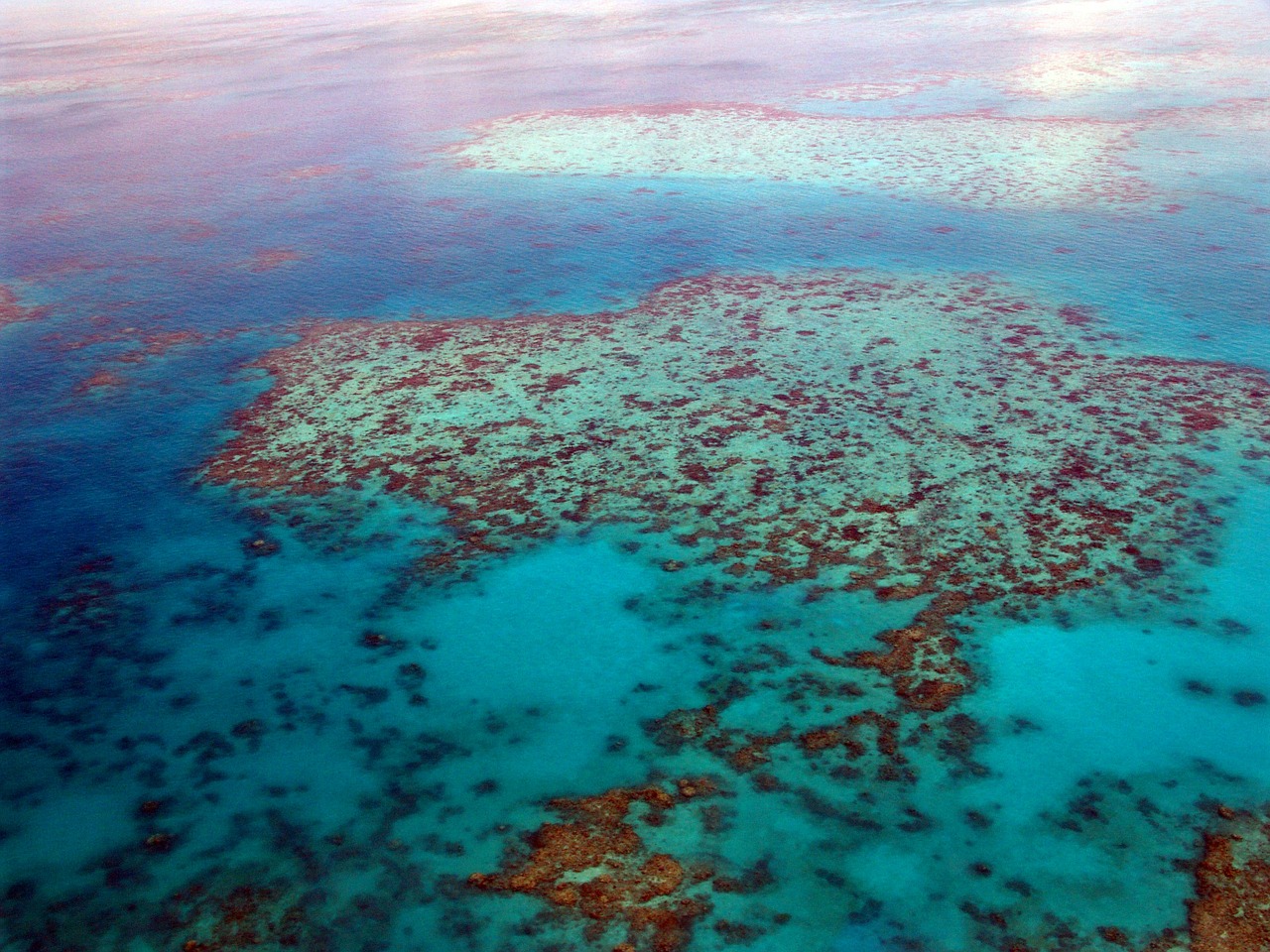
2. Twelve Apostles – Victoria
The Twelve Apostles are a collection of 7 limestone stacks located off the shore of Port Campbell National Park in Victoria, in the south of Australia. There used to be 8 stacks but one collapsed in 2005 leaving 7 of these fantastic natural wonders standing at the Twelve Apostles viewpoint.
They have been named the Twelve Apostles because there are most of these located in the western part of this natural park, out of sight from the 7 near the viewpoint. These stacks have been formed because of erosion and the water of the Southern Ocean creating caves into the soft limestone. While some of these stacks reach a height of up to 50 meters (160 feet), likely, they will all collapse in the future due to further erosion.
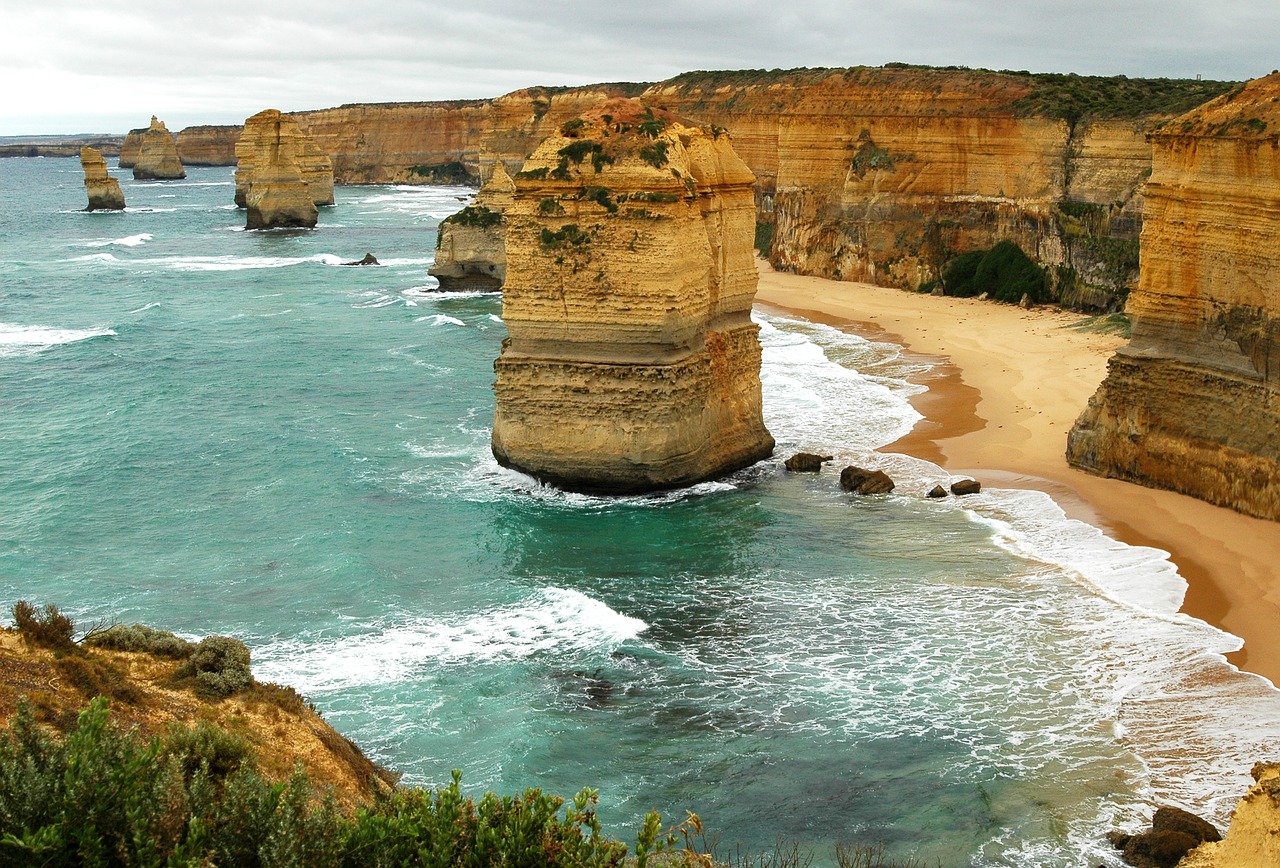
3. Cradle Mountain – Tasmania
Cradle Mountain is located in the Central Highlands Region of the Australian state of Tasmania. The mountain is located within the Cradle Mountain-Lake St. Clair National Park and stands 1,545 meters (5,069 feet), making it the 6th-tallest mountain in the state.
The area of the mountain is one of the most remarkable natural sights in the state as it also features multiple lakes, including Dove Lake, Lake Wilks, and Crater Lake. The mountains themselves have 4 distinctively separate summits and were named Cradle Mountain because it resembles the appearance of a gold-mining cradle.
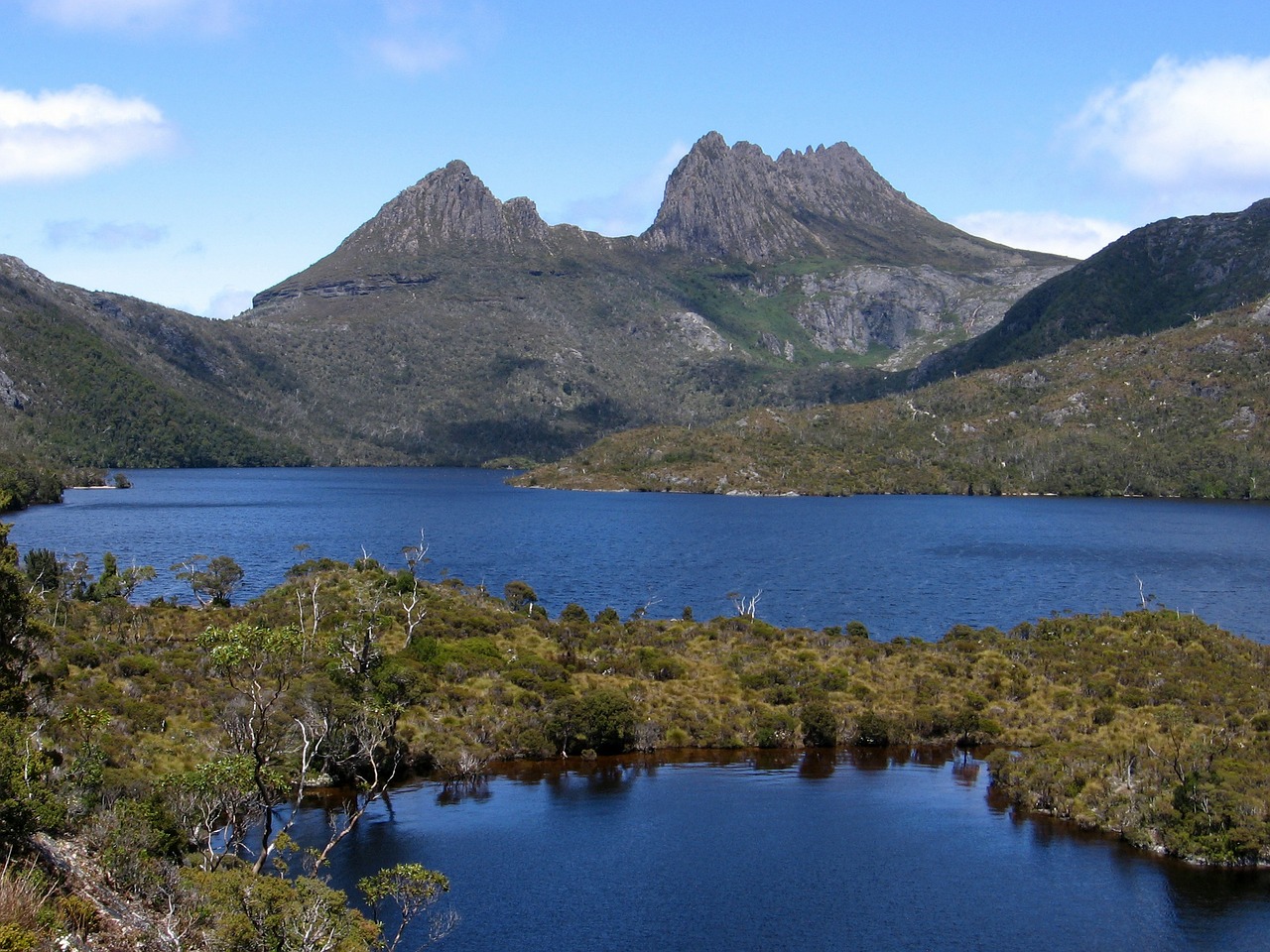
4. Uluru – Northern Territory
Uluru is also known as “Ayers Rock” and is an enormous sandstone rock formation located in the Northern Territory of Australia, right in the middle of the plains. It’s one of the best-recognizable natural features in Australia and has been a popular tourist attraction in the region since the 1930s.
It’s situated right in the middle of nowhere because the nearest town, Alice Springs, is located 335 kilometers (208 miles) to the northeast. Regardless, Uluru is the most important indigenous site in the country and is considered to be sacred by the aboriginal people in the area. The top of the sandstone formation stands 348 meters (1,142 feet) tall and reaches 863 meters (2,831 feet) above sea level.
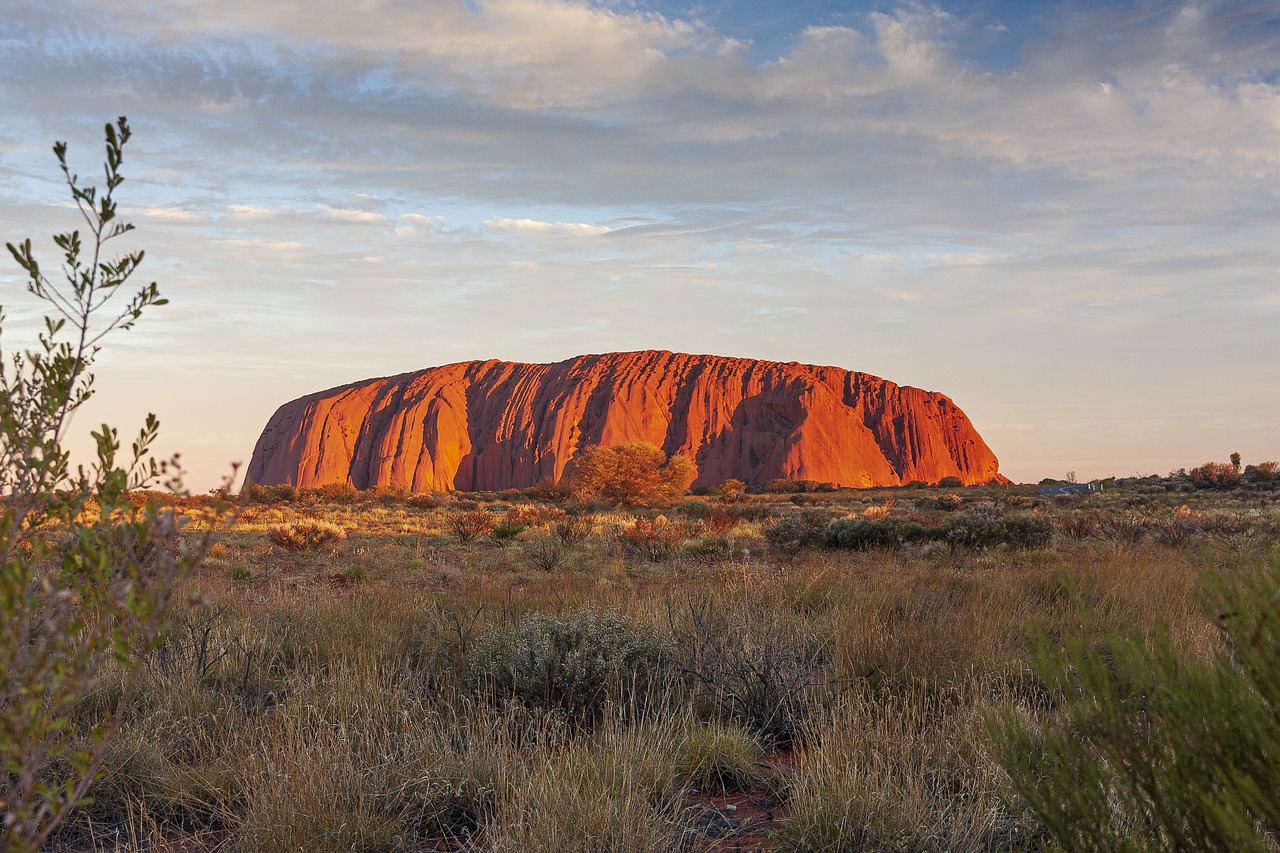
5. Australian War Memorial – Australian Capital Territory
The Australian War Memorial is located in Canberra, Australia’s capital, and is situated in the suburb of Campbell. It was built to commemorate the people and organizations who have participated in the wars involving the Commonwealth of Australia and opened its doors in the year 1941.
The Memorial consists of 3 different areas. One of them is a shrine with Hall of Memory with the Tomb of the Unknown Australian Soldier. The second is a museum and research center, and the third area is an outdoor Sculpture Garden. The Tomb was only added in 1993 to commemorate the 75th anniversary of the end of World War I.
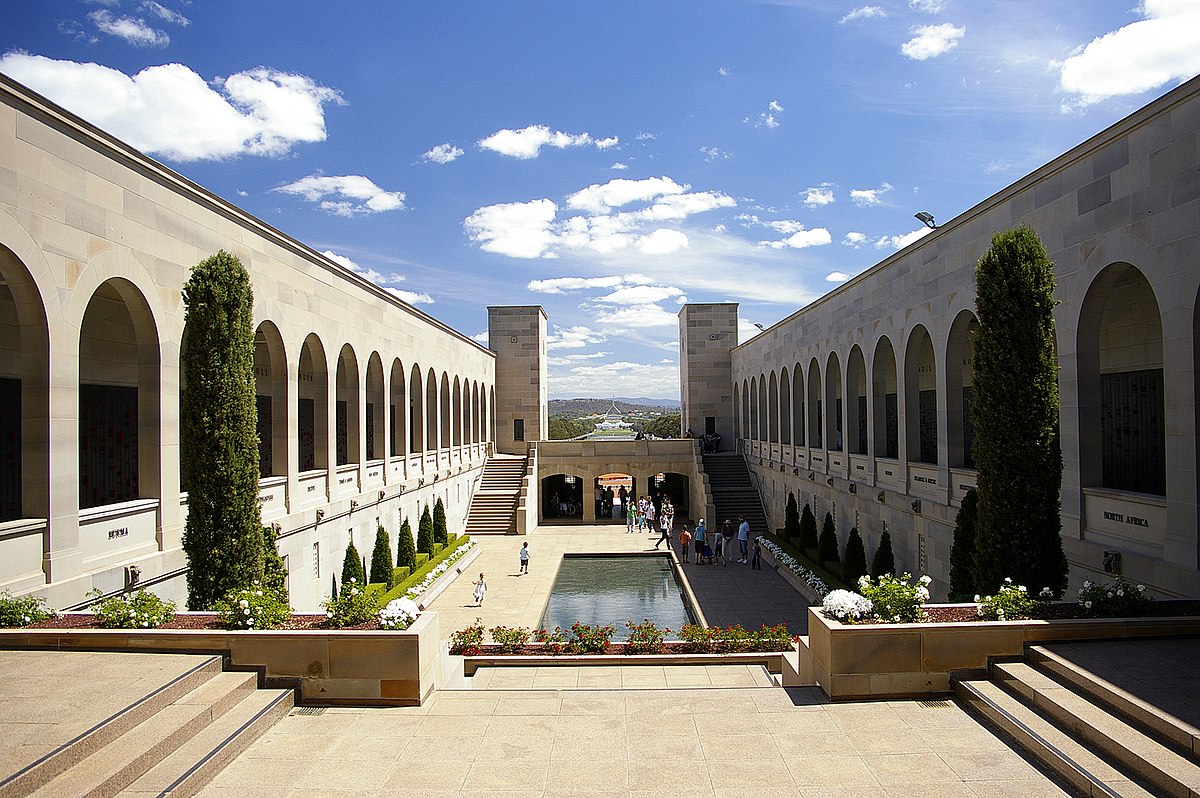
6. Sydney Opera House – New South Wales
The Sydney Opera House is easily one of the most famous structures in Australia. It’s located in the Sydney Harbour in the city of Sydney, New South Wales, the largest city in the country. Construction of the building started in the year 1959 but only officially opened on October 20, 1973, due to a variety of issues.
Over a million people visit the building every year to watch over 1,500 performances. The building covers an area of over 1.8 hectares (4.4 acres) and reaches a height of 65 meters (213 feet). It has been officially listed as a UNESCO World Heritage site in the year 2007 and ended up being a finalist of the New 7 Wonders of the World that same year, even though it didn’t manage to win.
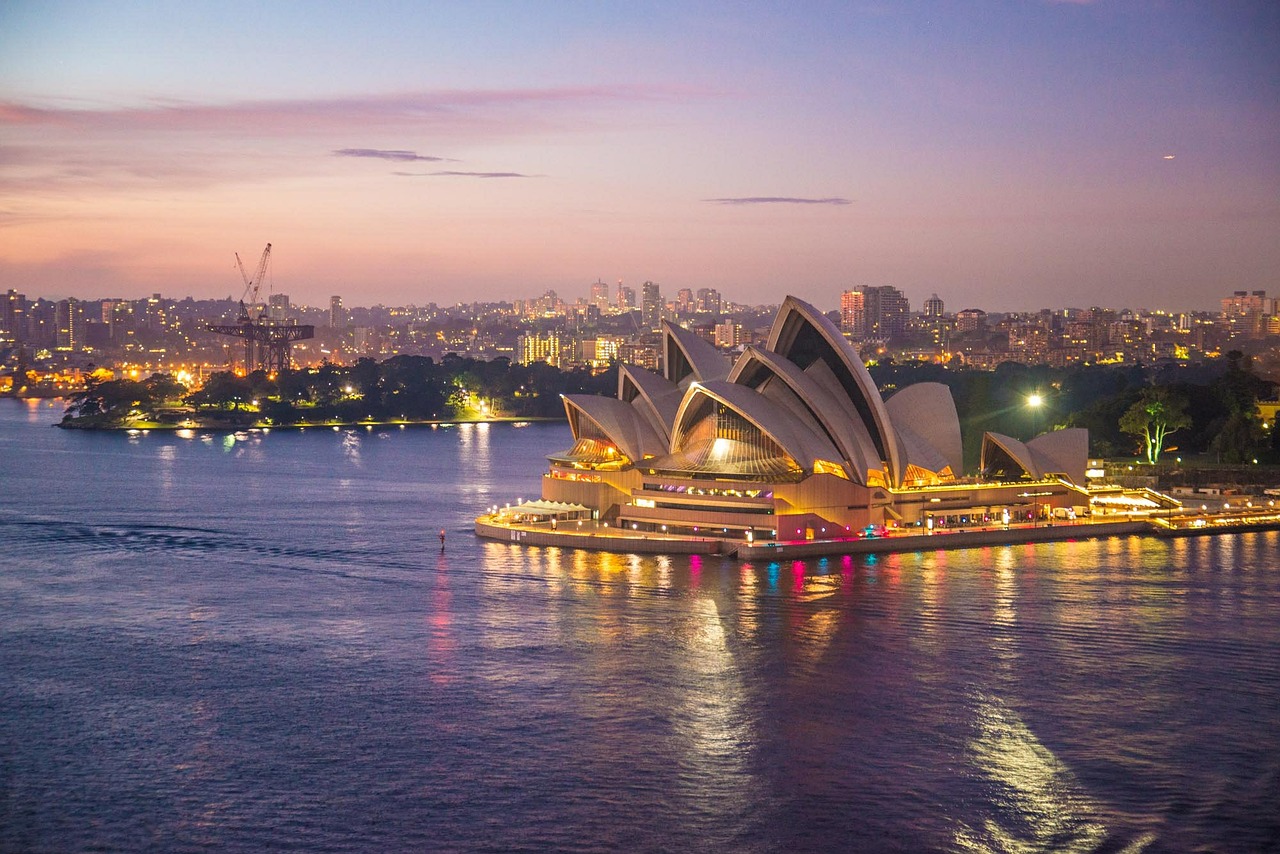
7. The Horizontal Falls – Western Australia
The Horizontal Falls are nicknamed the “Horries” and locally known as “Garaanngaddim” by the aboriginals and are one of the strangest natural phenomena on the planet. They are located on the West Coast of Australia in the Kimberley Region and consist of waterfalls that occur during tidal flows. This means that the ebb and flow of each tide create these Horizontal Waterfalls.
This phenomenon is possible because the water pours down two narrow gorges which are situated about 300 meters (980 feet) apart from each other. The waterfalls occur when the water on one side of the gorge builds up faster than on the other side, making it possible to create waterfalls of up to 4 meters (13 feet) in height.
